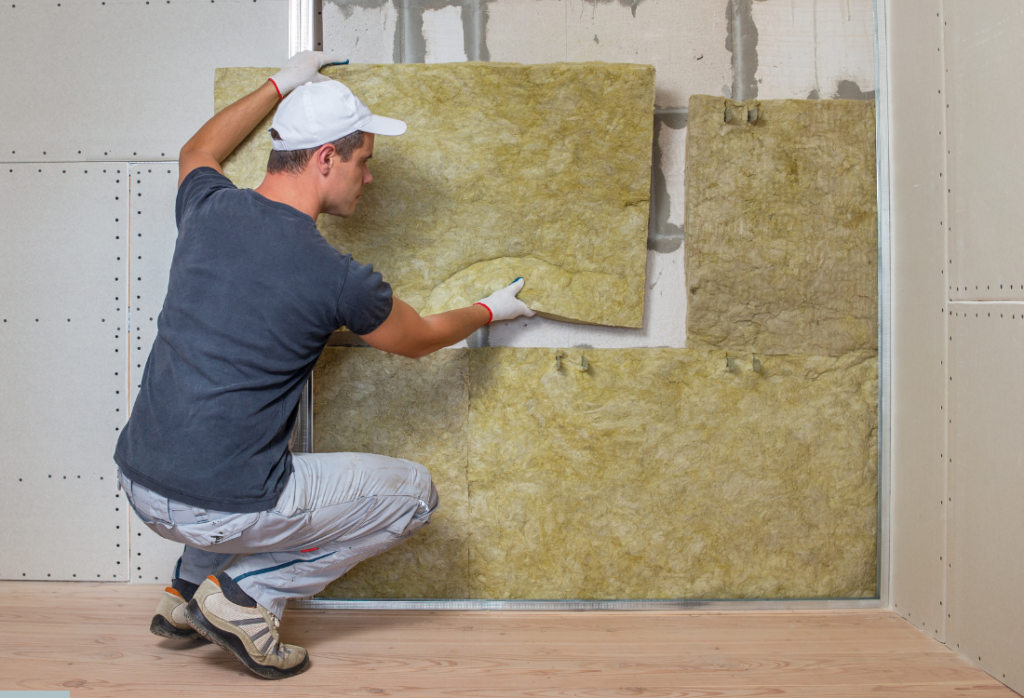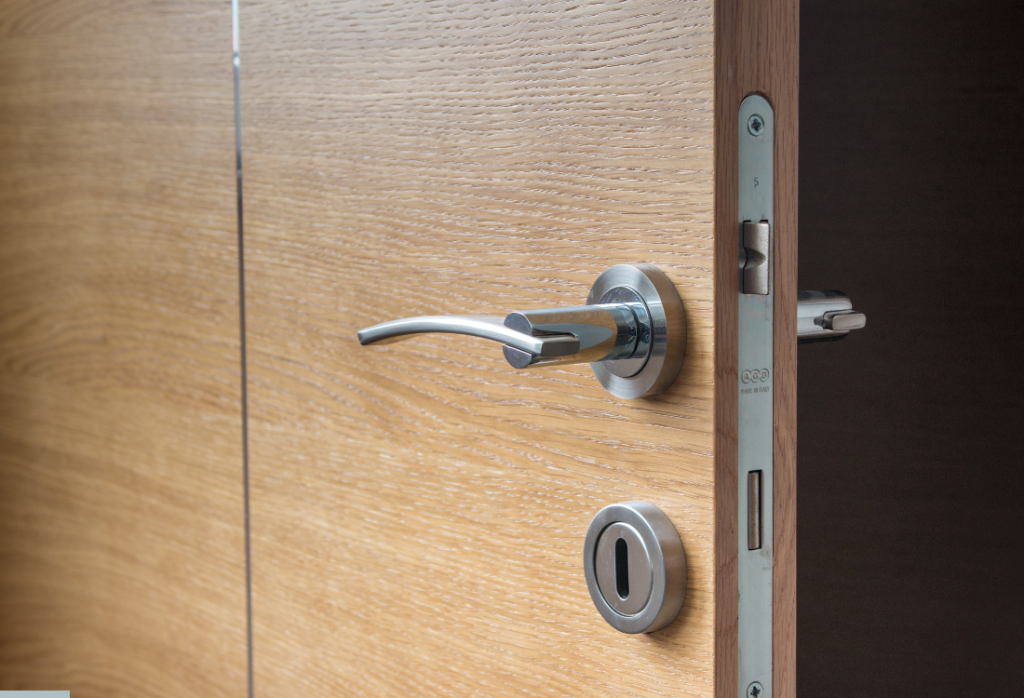Acoustic comfort in homes is a crucial and often overlooked aspect of home design and construction. However, good acoustics in homes can significantly improve the quality of life of its inhabitants, providing a quiet and comfortable environment. Unwanted noises, both from outside and inside, can negatively affect well-being, concentration and rest. Therefore, it is essential to implement acoustic solutions for the home that reduce noise and optimize residential sound insulation.
From Ka-Home Design, we will explore the secrets of home acoustics and how you can improve sound comfort. We will analyze various strategies and materials that you can use to reduce noise at home and achieve effective interior acoustic design. From insulation techniques to decorative solutions, we will provide you with complete guidance to transform your home into a haven of peace and tranquility.
Understanding home acoustics
What is acoustics?
Acoustics is the science that studies sound, how it is produced, transmitted and perceived. In the context of the home, acoustics refers to how sound behaves within a home and how different materials and structures affect its propagation.
Importance of acoustic comfort
Acoustic comfort in homes is essential for the well-being of its inhabitants. Good interior acoustic design can:
- Improve concentration and productivity: In a quiet environment, it is easier to concentrate and work without distractions.
- Promote rest and sleep: Noise reduction helps create an environment conducive to rest, improving sleep quality.
- Increase privacy: Good residential sound insulation prevents sounds from spreading between rooms, protecting privacy of the inhabitants.
Acoustic solutions for home
Residential sound insulation
Sound insulation is essential to prevent outside noises from penetrating the home and interior sounds from spreading between rooms.
- Walls and ceilings: Use construction materials that provide good sound insulation, such as drywall with acoustic properties, rock wool or fiberglass. These materials help reduce sound transmission through walls and ceilings.

- Windows: Install double or triple glazed windows to improve sound insulation. Windows with PVC or wooden frames can also offer better acoustic performance than aluminum ones.
- Doors: Choose solid doors instead of hollow ones to reduce sound transmission. Doors with rubber seals around the frame can help block out additional noise.

Noise reduction at home
Noise reduction involves controlling and minimizing the sounds generated within the home.
- Floors: Wood or tile floors can amplify noise. Consider installing rugs or carpets to absorb sound. You can also use under rubber or cork mats to reduce impact noise.
- Furniture and decor: Upholstered furniture, thick curtains and cushions can act as sound absorbers, reducing reverberation and echo in the room.
- Silent appliances: Choose appliances with reduced noise levels. Manufacturers usually indicate the noise level in the product specifications, so look for those with lower values.
Interior acoustic design
Interior acoustic design focuses on the layout and choice of materials within the home to improve sound comfort.
- Space Layout: Arrange spaces so that noisy areas, such as the kitchen and living room, are separated from quiet areas, such as bedrooms and the office.
- Acoustic panels: Install acoustic panels on walls and ceilings to absorb sound and reduce reverberation. These panels are available in a variety of designs and colors, and can be integrated into the room’s decor.
- Acoustic ceilings: Acoustic ceilings with materials such as mineral fiber panels can help absorb sound and improve acoustics in large rooms or rooms with high ceilings.
Technology and innovative solutions
Technology offers innovative solutions to improve home acoustics.
- Surround sound systems: Surround sound systems can improve audio quality and provide an immersive entertainment experience. At the same time, they can be designed to minimize the spread of unwanted sound.
- Sound controllers: Smart devices, such as sound controllers, can automatically adjust noise levels in the home, creating a more comfortable sound environment.
- Advanced Sound Insulators: New sound insulation materials, such as melamine foam panels and polyurethane compounds, offer superior sound absorption and are easy to install.
- Implementation of acoustic solutions
Planning and evaluation
Before implementing any acoustic solution, it is important to evaluate the current situation of the home. Identify problem areas where noise is most evident and determine possible noise sources.
- Noise measurement: Use a decibel meter to measure noise levels in different parts of the house. This will help you identify areas that need more attention.
- Acoustic consulting: Consider hiring a professional acoustic consultant to evaluate your home and recommend specific solutions. An expert can provide a detailed analysis and suggest best practices for improving acoustics.
Selection of materials and solutions
Once you have identified the problem areas, select the most suitable materials and acoustic solutions.
- Absorbent materials: Choose sound-absorbing materials, such as acoustic foam panels, thick rugs, and heavy curtains.
- Insulating materials: Use sound-blocking materials, such as double-glazed windows, solid doors, and drywall with acoustic properties.
Instalation and maintenance
Proper installation is crucial to ensure acoustic solutions are effective.
- Professional Installation: For best results, consider hiring professionals for the installation of windows, doors and acoustic panels. Improper installation can compromise the effectiveness of the insulation.
- Regular maintenance: Perform regular maintenance on acoustic solutions to ensure long-term performance. Inspects window and door seals and replaces damaged or worn materials.
Improving sound comfort in the home is an investment that provides significant benefits in terms of well-being and quality of life. Implementing appropriate acoustic solutions, from residential sound insulation to noise reduction at home, can transform your home into a quieter and more comfortable place. By considering interior acoustic design and selecting high-quality materials, you can create an environment that minimizes unwanted noise and optimizes acoustic comfort in homes.
Whether you are looking to reduce outside noise, improve interior privacy, or simply create a more pleasant living space, the strategies and materials discussed in this article will provide you with the tools necessary to achieve a home with exceptional acoustics. Adopt these secrets of acoustics at home and enjoy a more serene and harmonious environment.

0 Comments